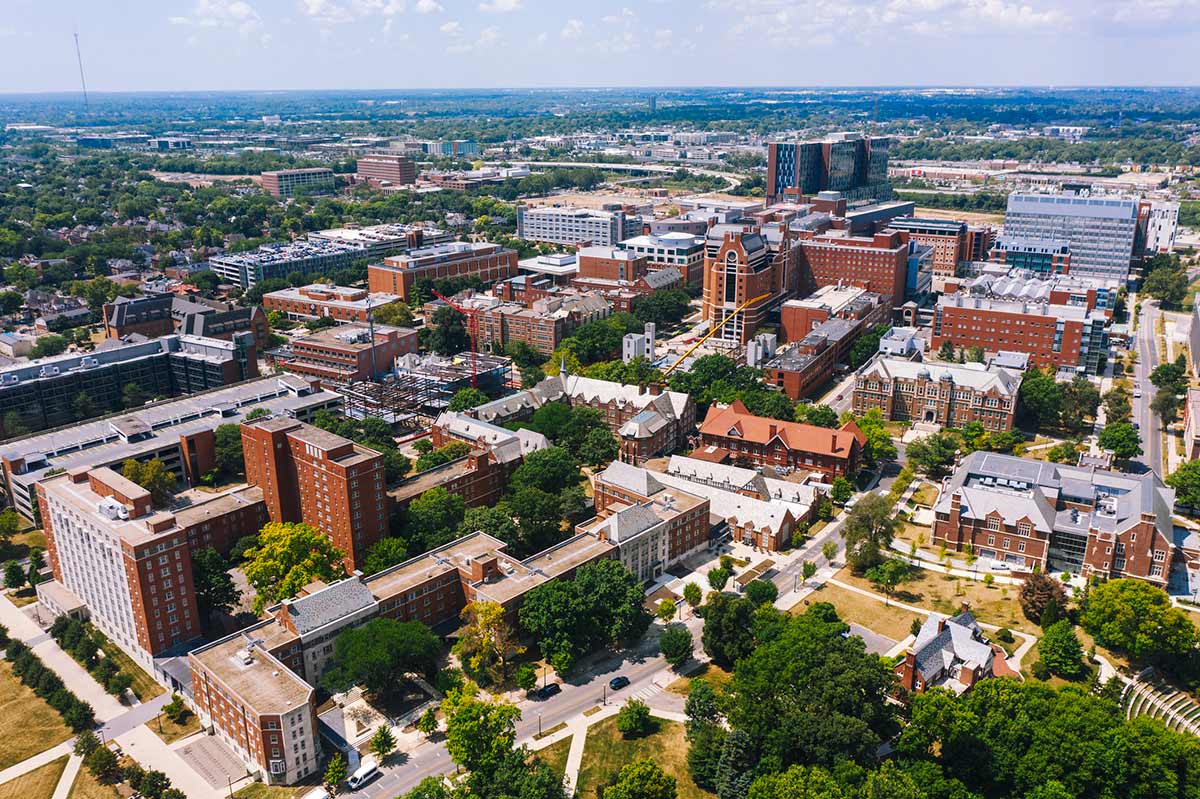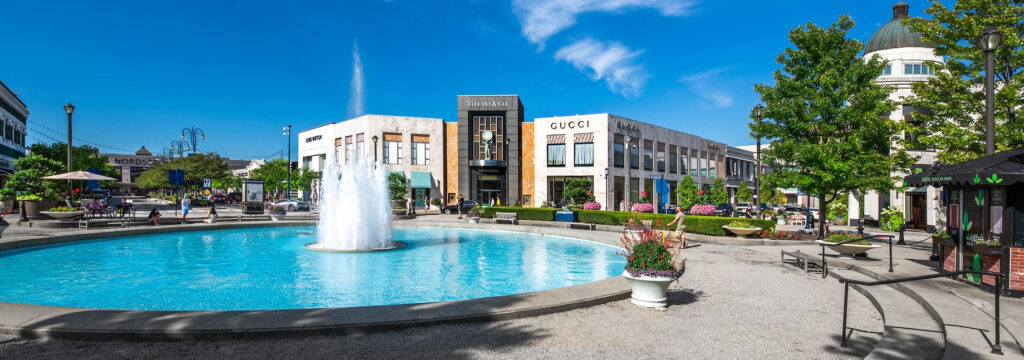By Beau Arnason
People have incredible memories of the places they frequented in college. The restaurants, bars, retailers and entertainment venues contribute heavily to the character of the campus, and leave a lasting impact on the students, faculty, visitors and other locals that frequent them.
Keeping that unique vibrancy in mind, the Steiner team employs commercial leasing strategies specific to university environments. Here are a few we like to keep in mind.
Know Your Audience
When it comes to commercial leasing near a university, it’s important to drill down into the area’s various customer profiles so your mix can cater to all the different groups. Depending on whether the university is its own “college town” or part of the fabric of a larger city, you have to consider audiences like students, faculty, administration, visitors, locals and medical center works (as applicable).
It’s also smart to consider seasonality and how a population can change as the school year changes. Even administrative shifts from a semester-based curriculum to a quarter-based school year can affect the timing of certain forces within target audiences.
Know Your Environment
University-driven commercial properties are often extremely pedestrian-oriented environments, so it pays to understand the nuances of how people travel through those corridors. One block, intersection or even street corner might have significant differences in pedestrian population depending on the time of day and what’s around.
One block could contain the student union, which is a consistently big draw for students. The next block could be an auditorium that attracts large groups of people, but only on certain nights when there’s an event. Each may only be a block apart, but there are important considerations we take as leasing agents to ensure tenants have the right opportunities to maximize volume and cater to the best experience possible.
Nuances in Tenant Conversation
Selecting commercial tenants for a university-driven project can be difficult. There will likely be dozens of interested organizations, and agents need to be selective to ensure the best mix possible. It’s critical to educate prospects on the dynamic of the area so they don’t miss anything that includes a certain audience segment—whether that’s diversifying their menu offerings, updating their hours, refreshing the design or rethinking their dayparts.
A project like this likely has limited space, so it’s important to work with the tenants you select to ensure their design fully activates the area and adds to that streetfront sidewalk energy. A restaurant, for example, might experiment with a walkup window where passersby can conveniently order and/or pick up food. That unique design element may not work with their other, more suburban locations, but in a pedestrian-heavy college environment, it could end up becoming a popular mainstay.
Not Just About Bars
Finding the right tenant mix for university-driven properties means looking for more than just the obvious bar or nightlife options. The big trend today is coworking or business incubator-type spaces where companies can lease in trendy, vibrant areas close to campus as a way to better attract top talent. This meld of student and corporate populations only adds to the energy of the project.
A decent mix of national retail and F&B is good, but it’s also good to mix in unique local offerings students and locals—particularly younger generations who increasingly learn of new things through social media—can’t find anywhere else. The ability to cater to something that’s hip and trendy will only add to peoples’ positive perceptions of the university.






